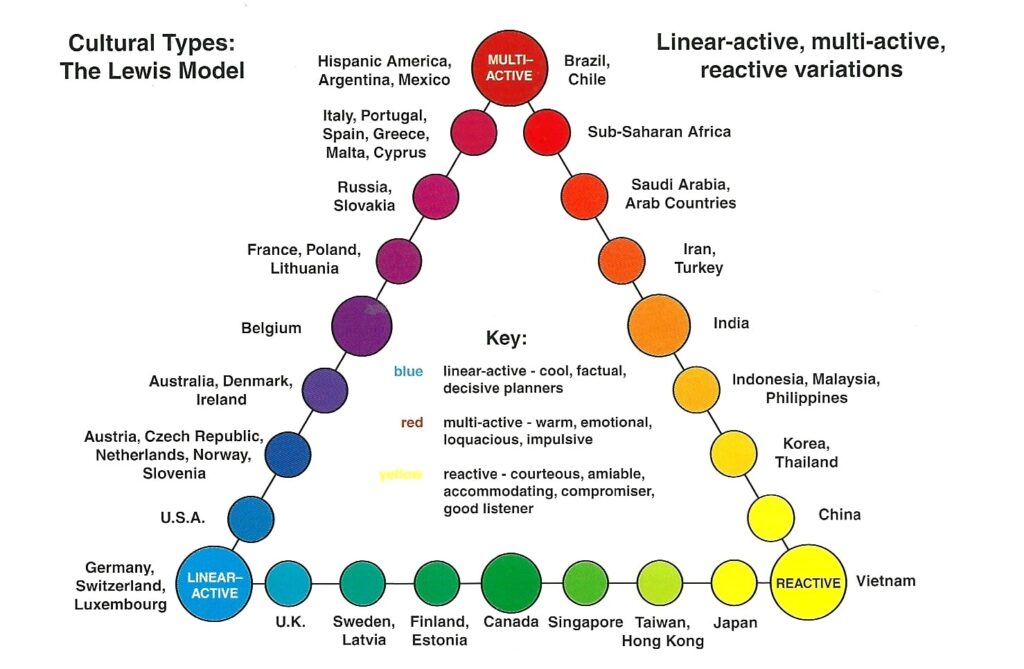
One major mistake most people make is not listening well. Leo Rosten said, “Why did God give me two ears and one mouth? So that I would talk less and hear more.” If we’re honest with ourselves, we all probably talk more than we listen.
Also, I believe that Author Stephen R. Covey gets to the real heart of the matter. He said, “Most people do not listen with the intent to understand; they listen with the intent to reply.” So, it would befit us all to increase our listening to speaking percentage.
Therefore, we should be concerned with improving our listening skills. Interestingly, research indicates that one can improve productivity by having good listening skills. And if we add improved listening skills with greater productivity, our ability to influence others and be more persuasive increases.
For example, listening with intent for international business people is crucial to their success. One cannot downplay the nuances of each country’s culture and its impact on effective communication.
Without understanding the other’s perspective and culture, it’s hard to communicate effectively. Thus. knowing your audience is key to effectively sharing information across different cultures.
For instance, outstanding behavioral psychologists have studied the world’s cultures. These professionals have gained insight by listening to how people from different countries think and communicate.
It’s complicated enough to understand and communicate with people from your own culture. Communication becomes more complicated when you add a person from a different culture into the conversation. So, learn as much knowledge as possible on whom you will be communicating. Then listen to understand, not just with the intent to reply.
If you are wondering, where can I learn about different cultures? Look no further. A handful of cross-cultural experts have done extensive work in this field. The most notable ones are:

So, by studying how people think and react, we can improve our listening skills which improve productivity and increase our persuasive skills in making our point. Also, James Cash Penny said, “The art of effective listening is essential to clear communication, and clear communication is necessary to management success.”
To develop good listening skills, one should adopt good listening etiquette. Here are three ideas to consider.
First, if you don’t understand something that has been said, try paraphrasing. Repeat back to the speaker what you think that you heard and confirm that it is correct. By paraphrasing, you demonstrate that you listen, you care, and want to make sure that you’re hearing them correctly.
Second, make eye contact. In the USA, making eye contact is essential. Also, it would help to make direct eye contact in some parts of Asia, but not too much. If you make too much eye contact, it is disrespectful to an older person.
Third, you can demonstrate respect to the other person by asking open-ended questions. If you ask a question that someone can answer with a yes or no response, it is not an open-ended question. For example, you may ask, how do you see your future? Why did you choose that answer?
We’re humbled when we read the advice of the author Robert Frost. He said, “Half the world is composed of people who have something to say and can't, and the other half who have nothing to say and keep on saying it.” Perhaps the difference is people with profound ideas versus people who have only superficial or shallow thoughts in their heads. It only makes sense that we improve our communication skills. That begins with improving our listening skills.
In conclusion, we should practice the art of listening to be understood. And get rid of the habit of listening simply to reply. Everyone makes communication mistakes, but we can become much better with practice.
The Top Three Corporate-Culture Focus Areas for 2022 and Beyond
Why Ethical Behavior is More Profitable and Energizes Employee Engagement
How To Win The War For Talent By Skills-Based Hiring
How To Combat the Great Resignation and Win the Battle for Talent